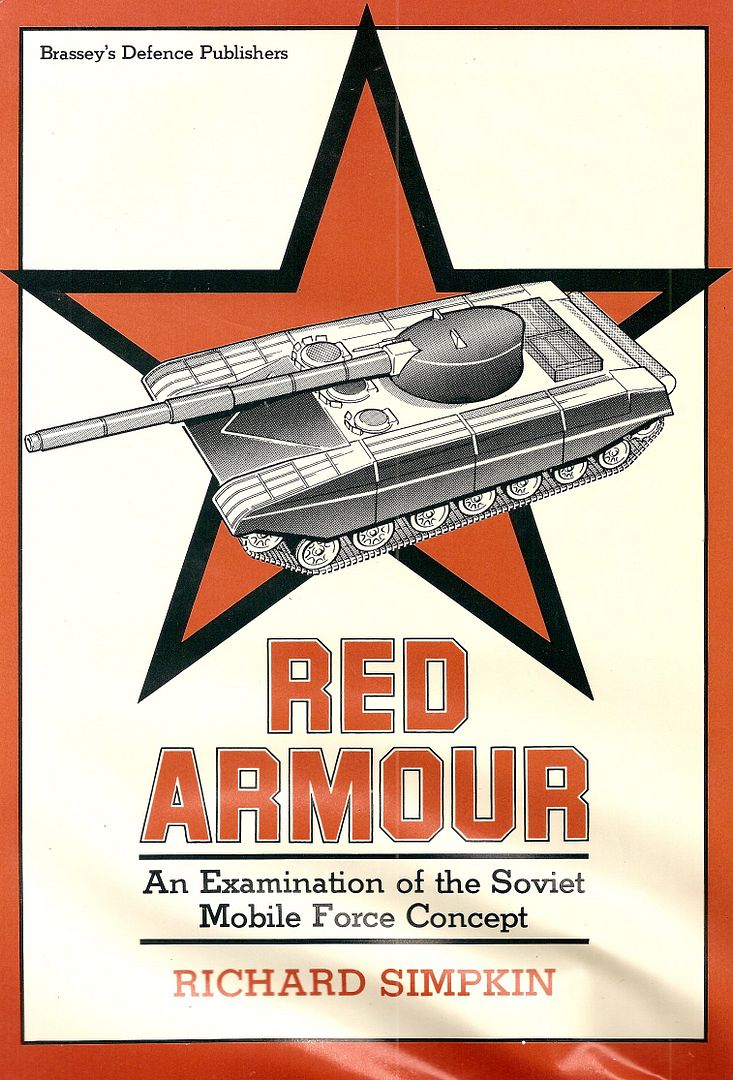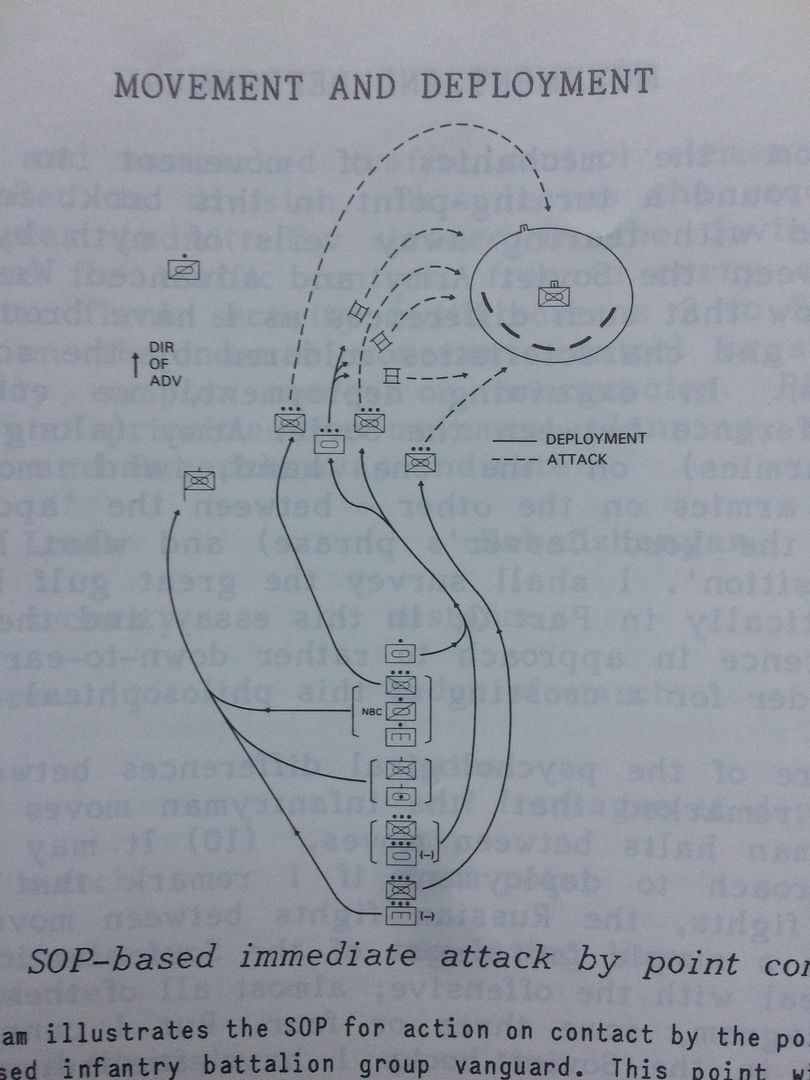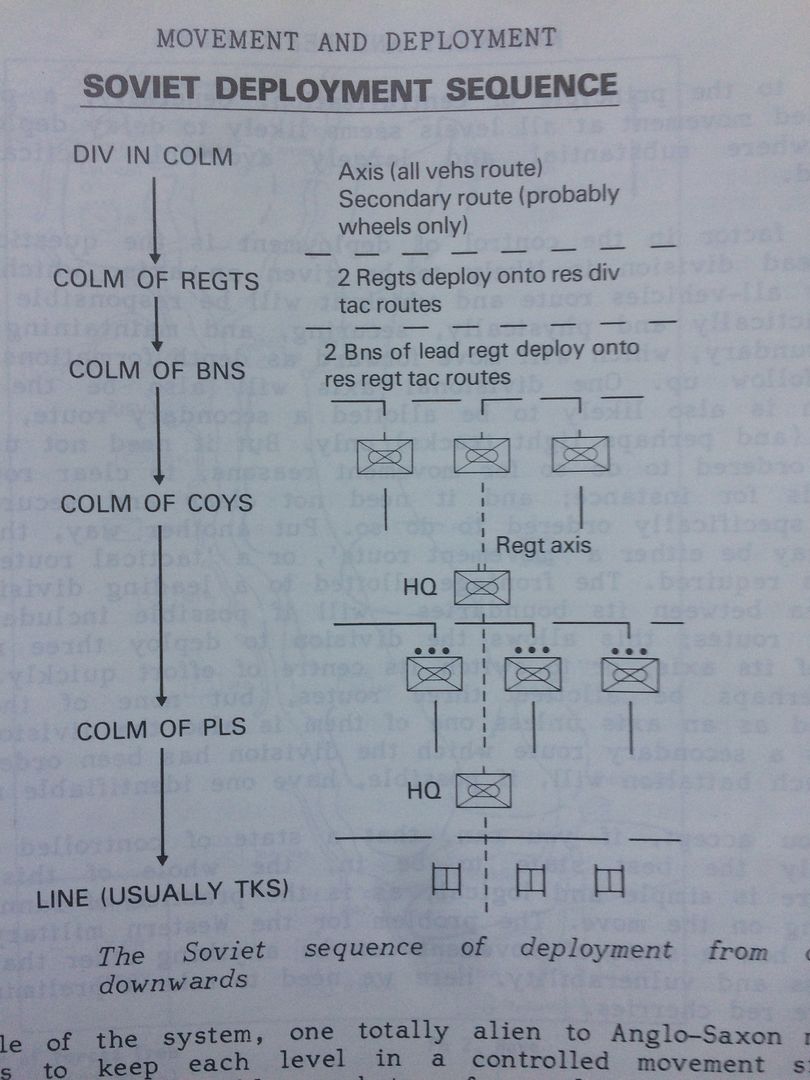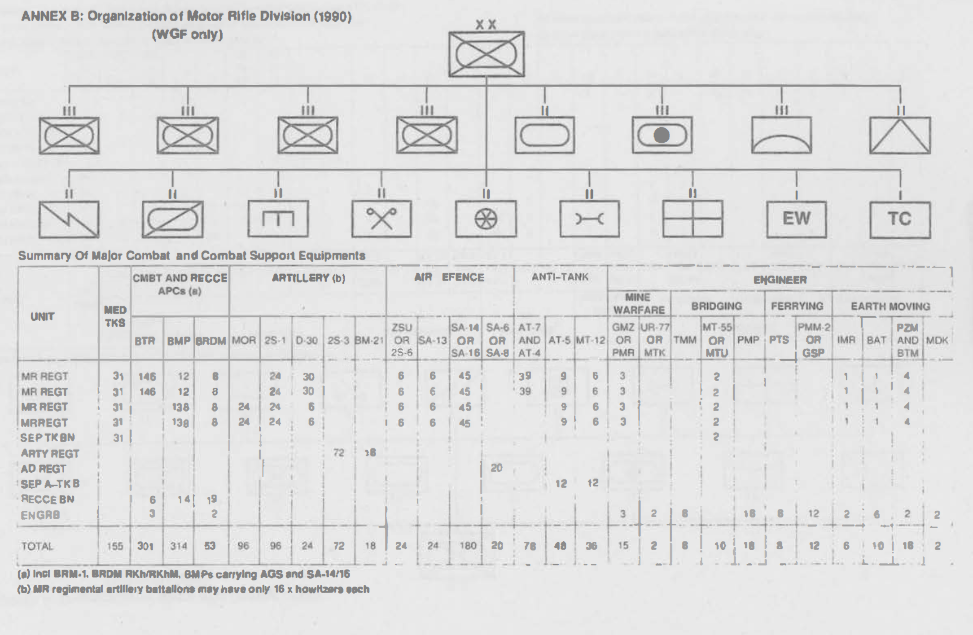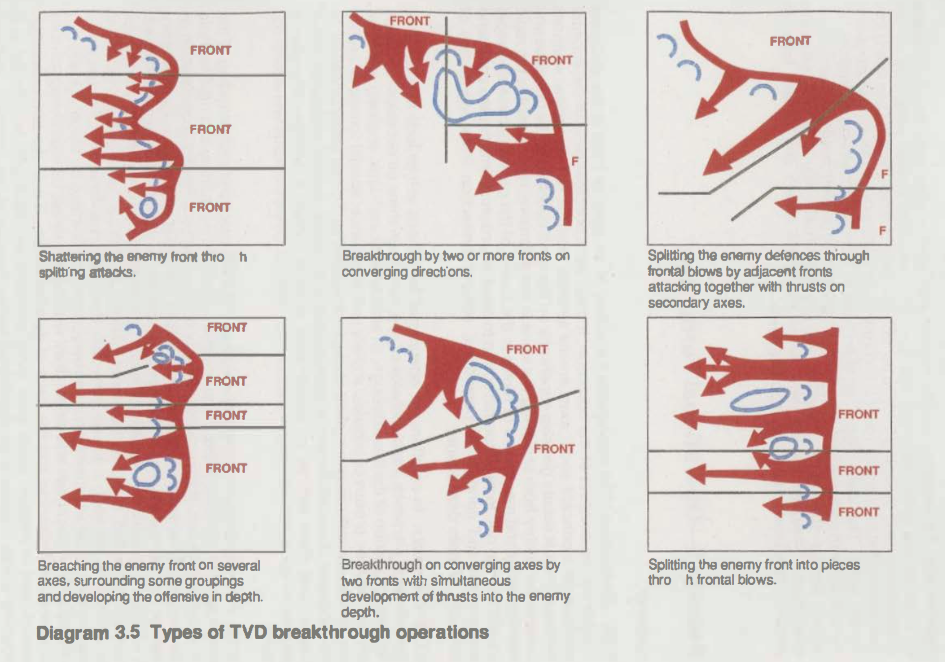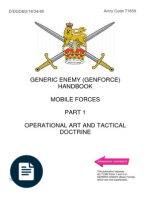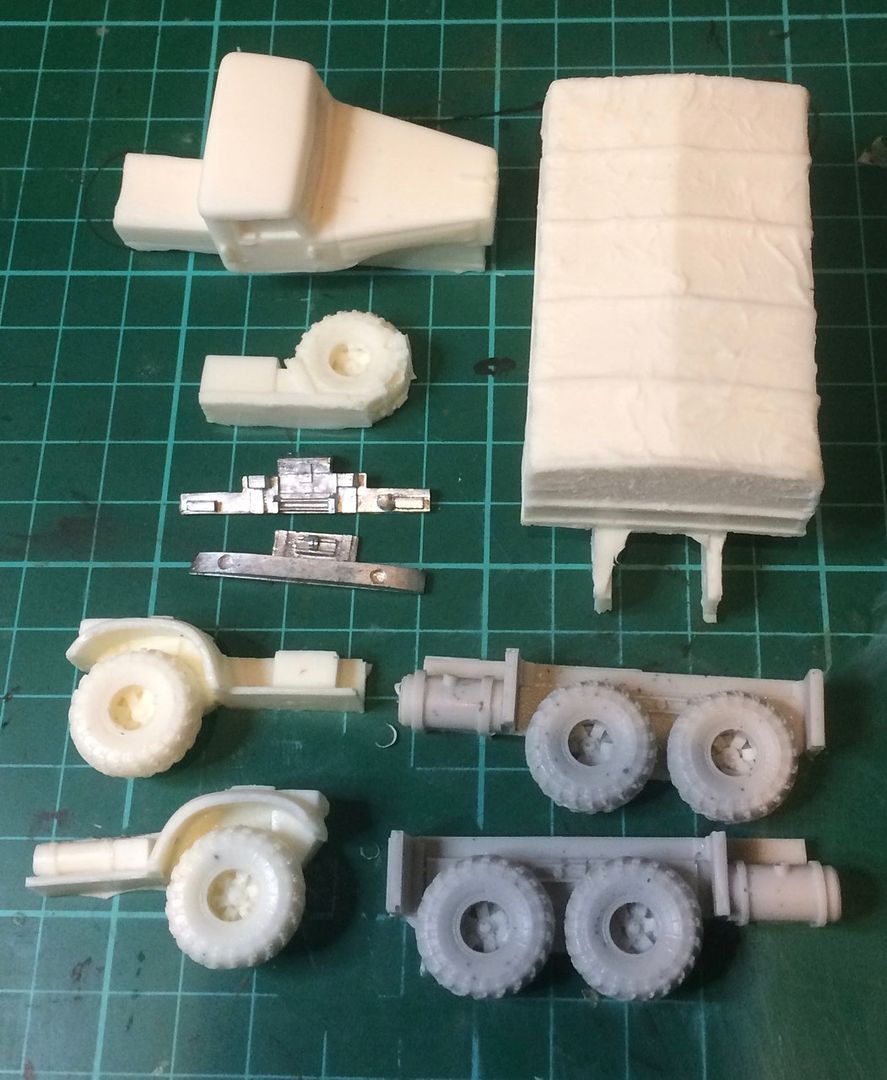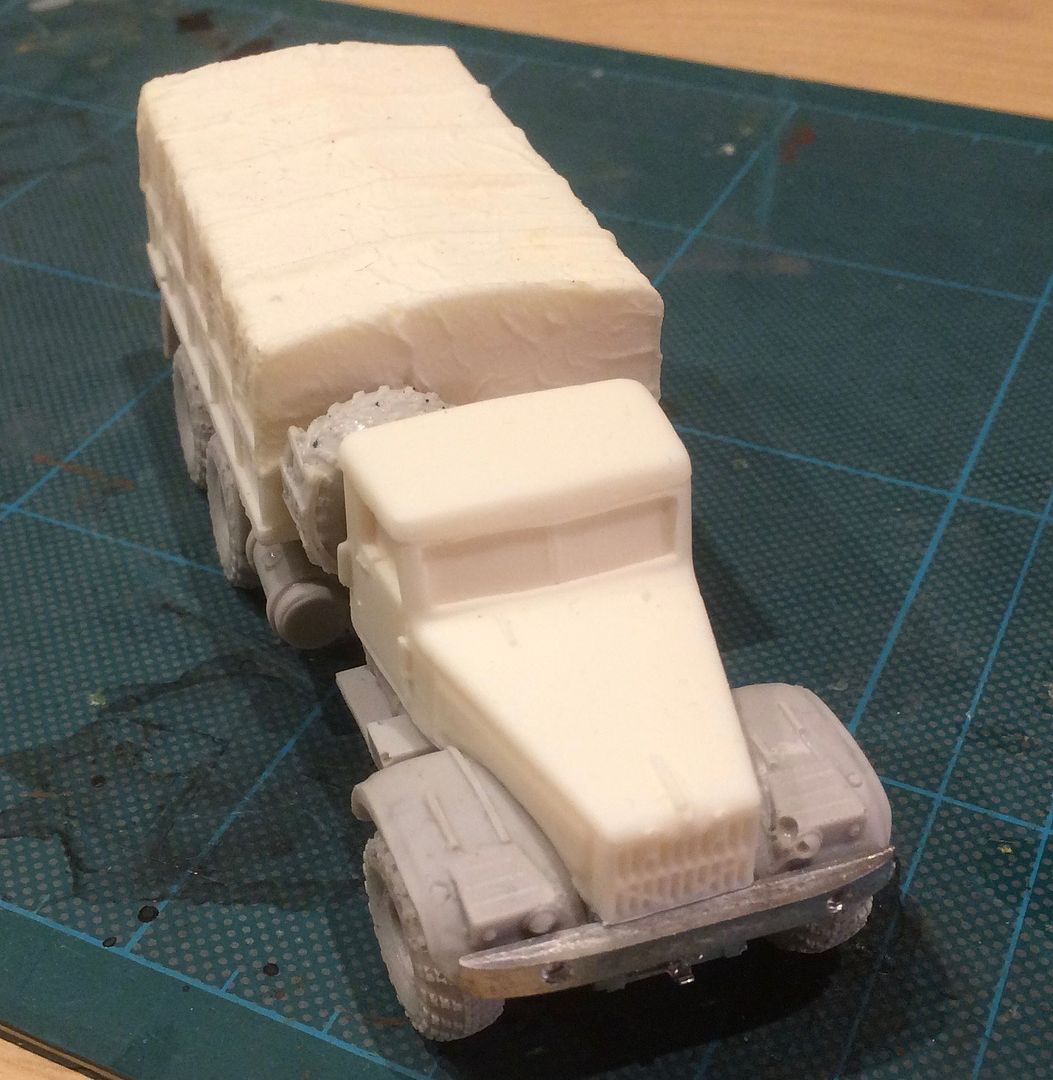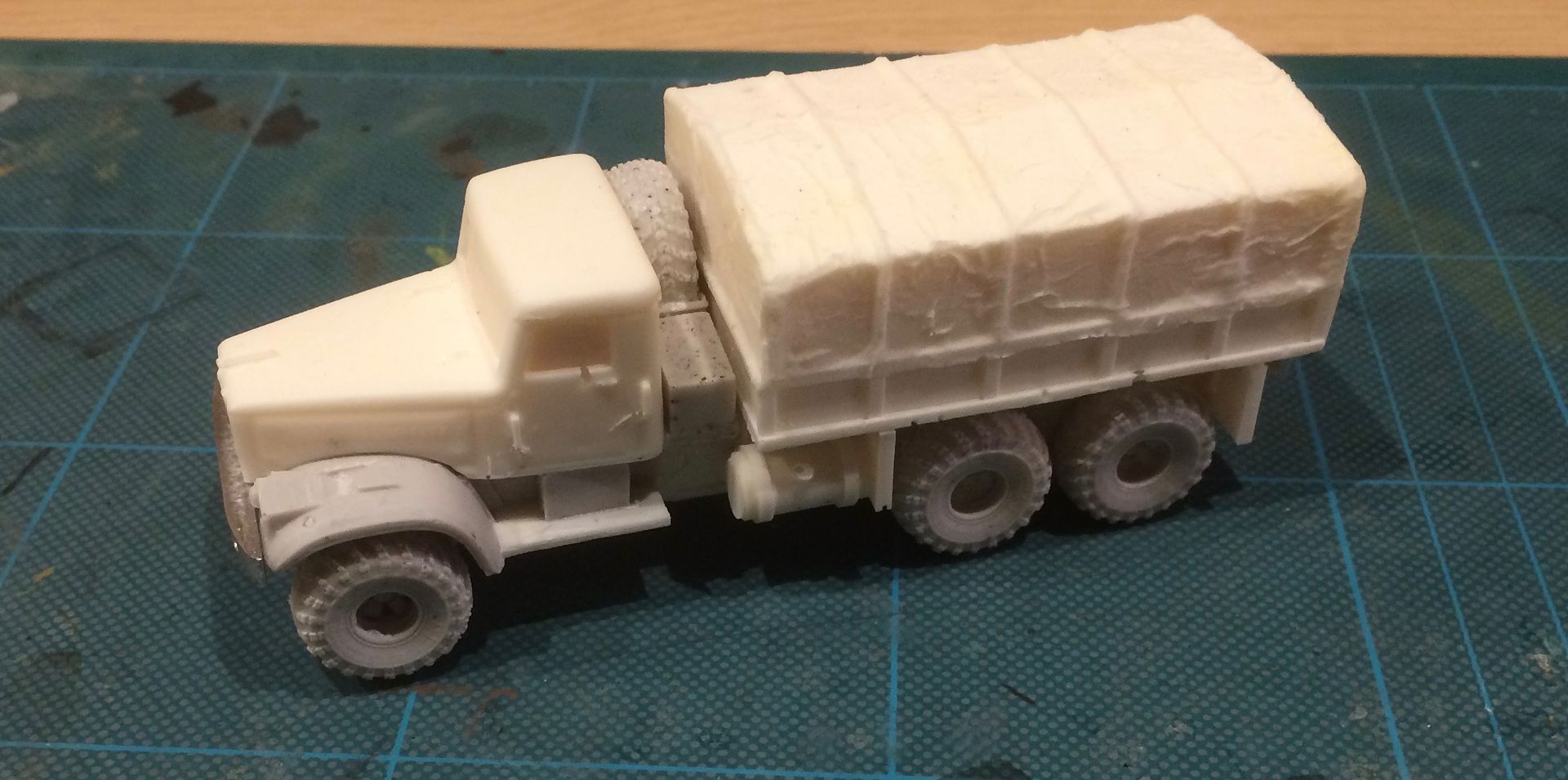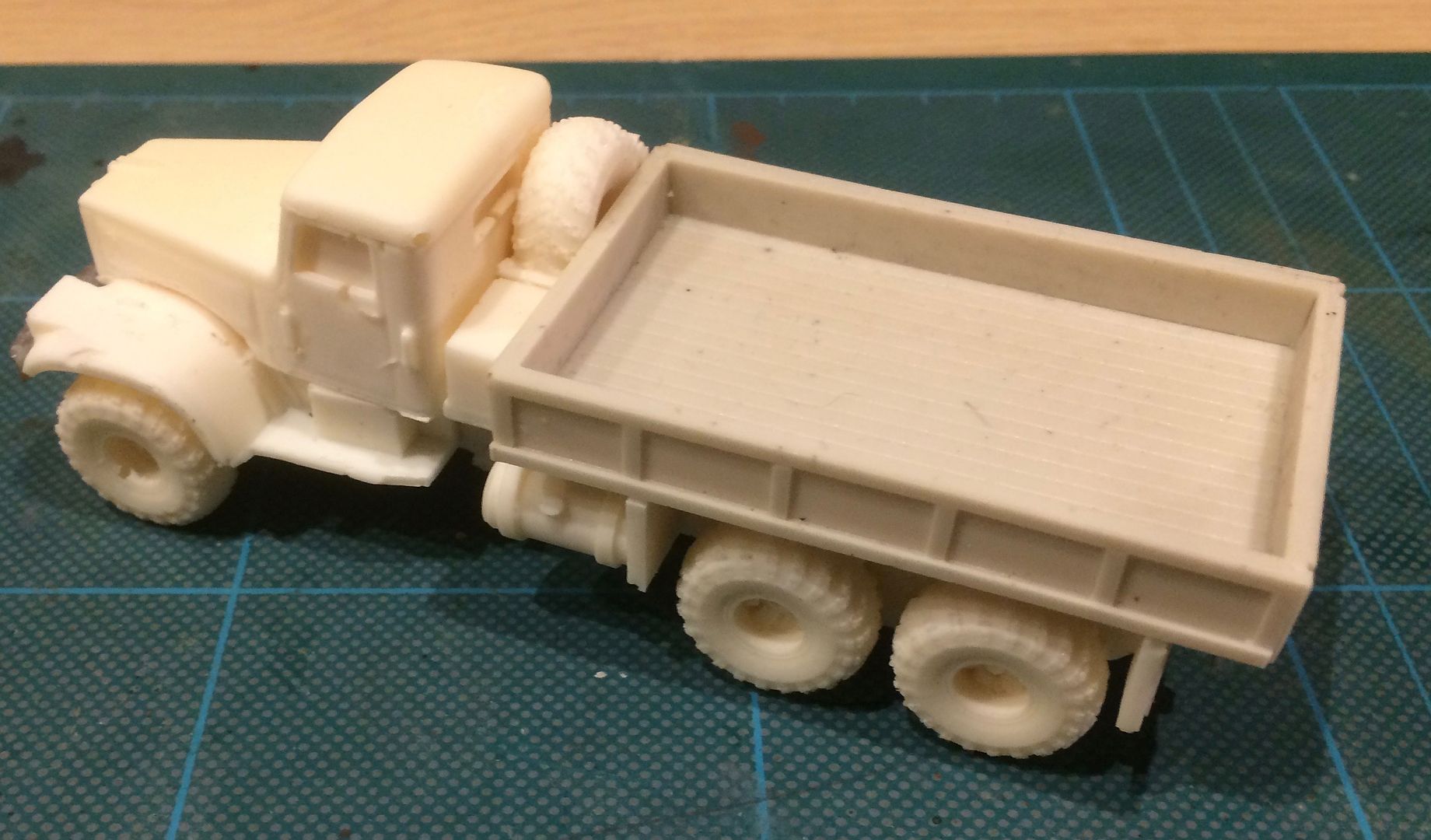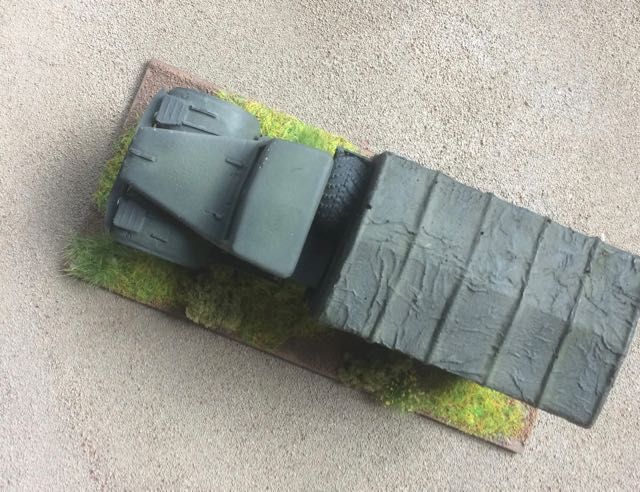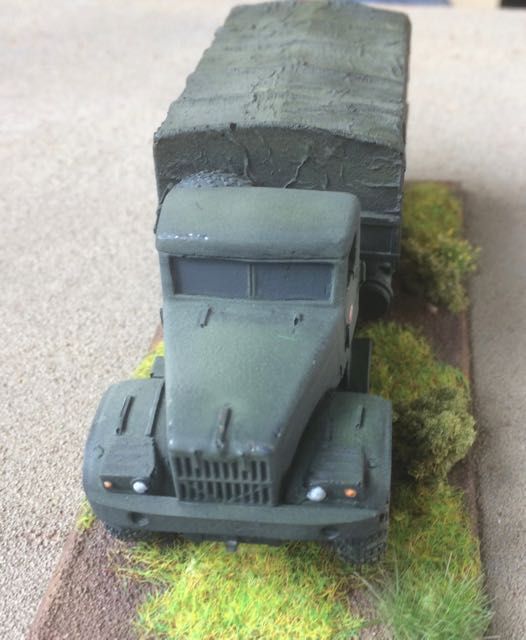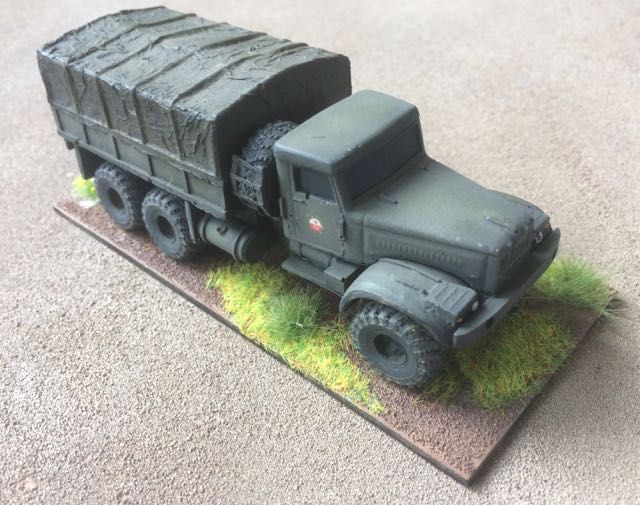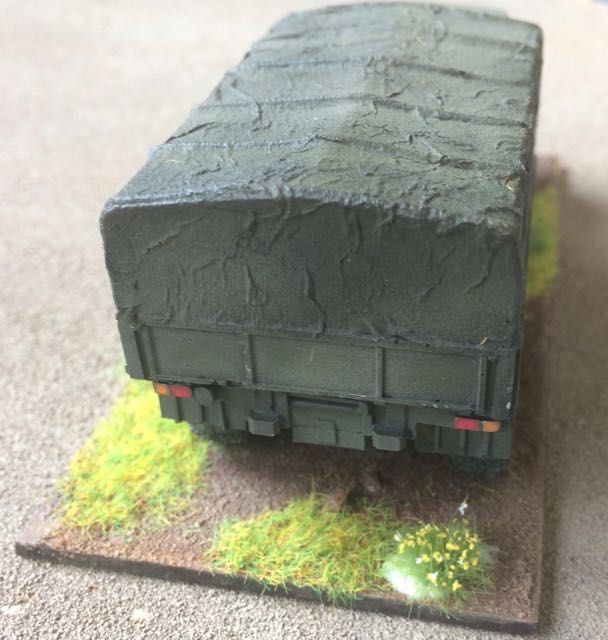So this was the summer reading, all part of a project called Deep Battle that I have yet to really start writing about or indeed executing but have been researching since about 2015. Over a wet week in Wales I have been ploughing my way through the 12 essays in this book by Brigadier Richard Simpkin who wrote a series of books on military manoeuvre warfare theory in the mid to late 80s and participated in the wide ranging discussion that went on at that time within NATO with regard to managing the Soviet threat. Of the essays I am interested in I have now read most of them 2-3 times. The ideas are complex and Simpkin is rarely an easy read. Working at it in order to understand what he is saying can be very rewarding.
Red Armour, an examination of the Soviet Mobile Force concepts does pretty much what it says on the tin in that it provides, in its 12 essays, a thought provoking and revealing analysis of Soviet Operational doctrine. Unlike the Race to the Swift which looks at a variety of maneuver warfare concepts and extrapolates these into the future. This collection of his work focuses on Soviet operational concepts as they had evolved by the height of the Cold War in 1982-83.
The Three parts of the book cover, resources procedures and concepts and each part contains four essays which discuss at varying levels of detail the following topics:
The Three parts of the book cover, resources procedures and concepts and each part contains four essays which discuss at varying levels of detail the following topics:
Part 1 Resources
- Manpower
- Philosophy
- Technology
- Ground
Part 2 Procedures
- Control and Support
- Movement and Deployment
- Obstacle Crossing
- Parameters of Tank Force operations
Part 3 Concepts
- The deep battle
- The tank force concept
- Soviet mobile operations
- The NATO centre
For me the nuggets are in part 2 and 3 which focuses on the procedures and the concepts and illustrates the Soviet thinking by contrasting it to NATOs more positional approaches.
In Part 2 I found the particular essays on; Control and Support, Movement and Deployment and Obstacle Crossing the most useful as they really start to drive at the how at the operational level. examples of points of interest include the Soviet use of Primary routes at high traffic densities whilst holding secondary routes in reserve and clear of significant traffic to enable the flexibility to restructure the order of march accelerating assets and units as needed, this together with the the ability to line switch elements between axis of advance provides the conditions for achieving surprise. Whilst Simpkin challenges the Soviets ability to achieve the levels of flexibility the approaches could deliver and highlights the tactical risks this exposes them to, I am not clear that he considers these objections in the light of Soviet control approaches which include dedicated movement control organisations deployed along routes at relatively high densities in comparison to Western Armies.
In Part 3 his summary of the deep battle discussion he provides one of the most succinct descriptions of both the theory and the terms that I have come across and his articulation of Soviet Mobile Operations in contrast to the more positional and ground focused doctrines of NATO really start to drive home the key differences between the two. This starts to highlight what the Soviets focus on in terms of objectives - the enemy rather than the ground, and whilst I have read this in many books the way he contrasts this with the ground focused objectives of NATO doctrines really drives the point home.
His treatment of the principal periods of the Cold War and how the Soviets shifted from the use of Nuclear weapons to provide the conditions for maneuver to the need to exploit strategic surprise in the later period to a similar effect is thought provoking and credibly illustrates the potential impacts that could be achieved even in the absence of Nuclear weapons. He reasonably challenges the effectiveness of interchangeability of resources in a non nuclear phase although he does not explore the increased scale of indirect fire assets or their increasing effectiveness as the book was written in 1983 and pre dates a number of these changes.
From the Wargames perspective what this all enables is the development of the framework of operational concepts that you need to develop in order to set tactical scenarios in the operational context. In replicating historical battles in other periods this context is provided by the historical events, in gaming the Cold War, you need an operational and strategic picture to set the action against in order to create realistic scenarios, this is particularly true when dealing with the Soviet Union.
The driver for this is the subject of Red Armour the Soviet Unions thinking at the operational level. Understanding their focus on the operational rather than the tactical is critical to understanding how they would deal with different situations and the forces that would be brought to bear. In short why NATOs tactical and equipment superiority would be nullified by one of the more sophisticated approaches to maneuver warfare available. Translating that to table-top games is a challenge all of its own.
I snapped up my copy of Red Armour for £40 about a year ago and at that price I think its a worthwhile addition to the collection if you have an interest in developing table top scenarios in the wider operational context, if you are looking for the detail of what the Soviets did rather than the thinking behind it that can be accessed more cheaply and effectively elsewhere. Current prices on Amazon are running at £200 plus and at that price I would be inclined to leave it on the shelf.
AFM Volume 2, Part 2, A Treatise on Soviet Operational Art, 1991
Soviet/Russian Armour and Artillery Design Practices
Modern African Wars (3) South West Africa
Red God of War, Soviet Artillery and Rocket Forces
Iron Division, The History of the 3rd Division 1809-1989
Jane's Armour and Artillery 2002/2003
Modern African Wars (3) South West Africa
Red God of War, Soviet Artillery and Rocket Forces
Iron Division, The History of the 3rd Division 1809-1989
Jane's Armour and Artillery 2002/2003
